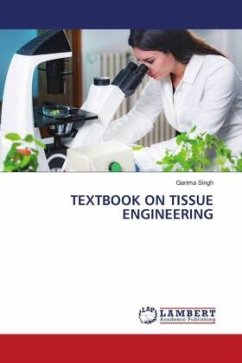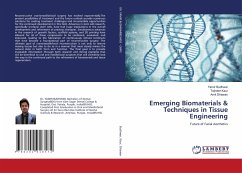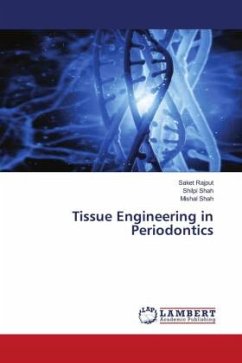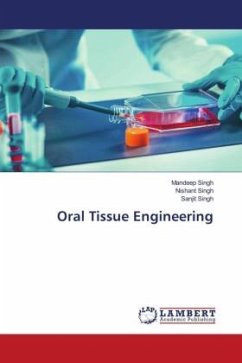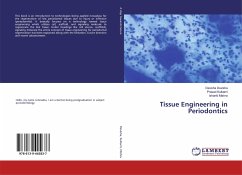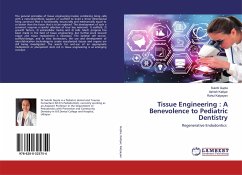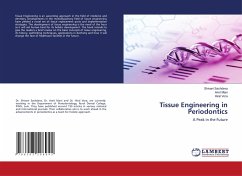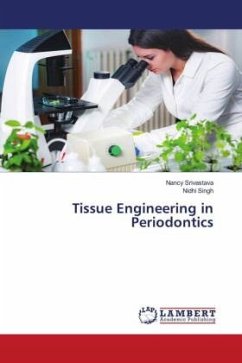Tissue Engineering enables the regeneration of a patient's own tissues, and thus provides the potential for reducing the need for donor organ transplants. It also reduces the problems faced with traditional donor organ transplantation, such as poor biocompatibility and bifunctionality, and immune rejection. However, despite extensive animal research, human studies are limited. Although tissues such as skin grafts, cartilage, bladders, and a trachea have been implanted in patients, the procedures are still experimental and costly. A focus on low-cost production strategies is thus critical for the successful mass production of effective tissue-engineered products. Solid organs with more complex histological structures-such as the heart, lung, and liver-have been successfully recreated in the lab, and although they are not currently ready for implantation into humans, the tissues can be useful in drug development and can reduce the number of animals used for research. This book is the result of my in depth research into the field of tissue engineering
Bitte wählen Sie Ihr Anliegen aus.
Rechnungen
Retourenschein anfordern
Bestellstatus
Storno

